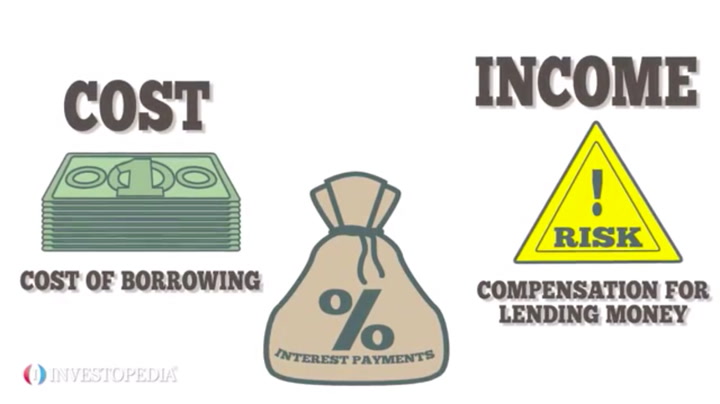Introduction
Interest rates play a crucial role in the economy, influencing borrowing, spending, investment, and overall financial stability. The rates are determined by a complex interplay of various forces, ranging from global economic conditions to central bank policies. In this article, we will explore the primary forces that cause changes in interest rates and their impact on the financial landscape.
Monetary Policy
One of the most significant factors influencing interest rates is monetary policy, implemented by central banks. Central banks, such as the Federal Reserve in the United States, have the authority to set the benchmark interest rate. This rate serves as a reference point for all other interest rates in the economy. By adjusting the benchmark rate, the central bank aims to control inflation, stimulate economic growth, or combat economic downturns.
When the central bank lowers the benchmark interest rate, it becomes cheaper for commercial banks to borrow money from the central bank. Consequently, commercial banks can offer lower interest rates to their customers, encouraging borrowing and spending. Conversely, when the central bank raises the benchmark rate, borrowing becomes more expensive, discouraging excessive borrowing and spending, and potentially curbing inflation.
Inflation
Inflation is the rate at which the general level of prices for goods and services rises, eroding the purchasing power of a currency. Interest rates are closely tied to inflation because they need to account for the impact of rising prices on the value of money. If inflation is expected to rise, lenders will demand higher interest rates to compensate for the diminishing value of the money they will receive in the future.
Economic Growth and Employment
Interest rates are also influenced by the overall health of the economy. During periods of robust economic growth and low unemployment, demand for loans increases, leading to higher interest rates. In contrast, during economic downturns or recessions, interest rates tend to decrease as central banks try to stimulate borrowing and spending to kickstart economic activity.
Global Economic Conditions
The interconnectedness of the global economy means that changes in interest rates in one country can have ripple effects on other economies. When a major economy raises its interest rates, it can attract foreign investment seeking higher returns. This can lead to a strengthening of the local currency and may prompt other central banks to adjust their own rates to maintain competitiveness.
Government Debt
The level of government debt can also influence interest rates. When governments accumulate high levels of debt relative to their GDP, investors may become concerned about the government’s ability to repay the borrowed funds. To compensate for the higher risk associated with lending to heavily indebted governments, investors demand higher interest rates on government bonds, which then affects other interest rates in the economy.
Conclusion
Interest rates are dynamic and respond to a complex web of factors that impact the overall economic environment. Central bank policies, inflation, economic growth, global economic conditions, and government debt all play vital roles in determining interest rates. As these forces continually evolve, understanding their influence on interest rates is crucial for businesses, investors, and policymakers to make informed financial decisions and navigate the ever-changing economic landscape.
You may also like
-
The Silent Battle Beneath: Understanding the World of Wormfare
-
Unveiling the White CBG Strain: Characteristics, Potency, and Therapeutic Benefits
-
Why Choose Growers Choice Seeds for Buying Marijuana Seeds
-
What type of clothes wear in Qatar Business class?
-
Obtained Review – Get What Your Business Needs to Fuel Expansion

